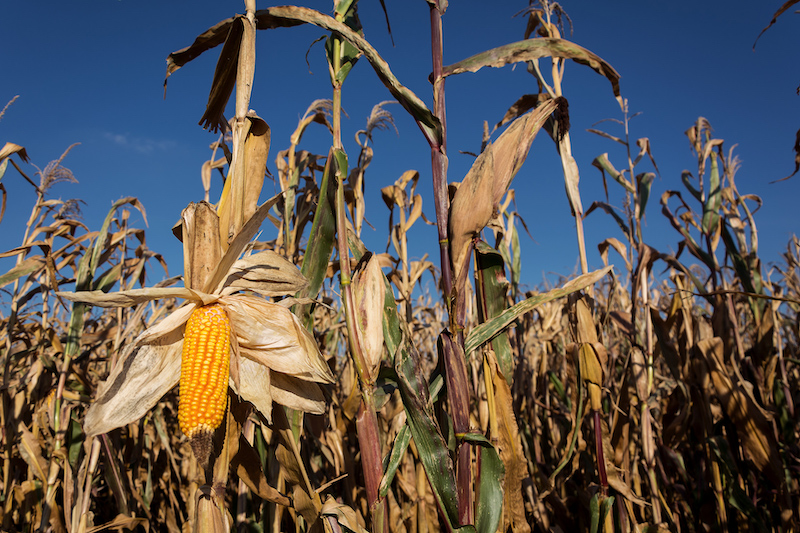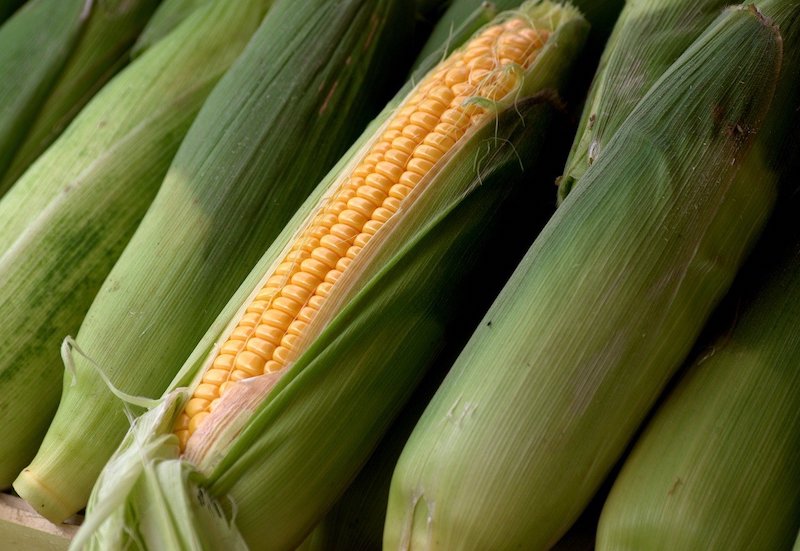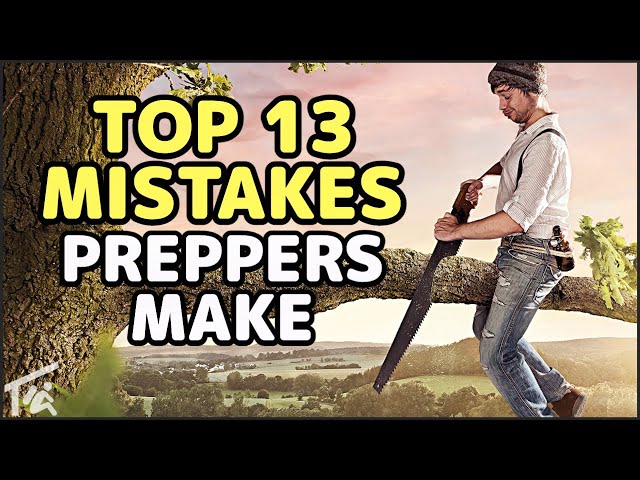
Corn was grown by Native Americans approximately 7,000 years ago in the current Mexico region. The maize plant’s spread across North, Central, and South America is due to its domestication. It was included among the “three sisters,” a collection of cultivated plants that many indigenous tribes adopted: Soybeans are expected to be planted in the fall, and they’d climb the cornstalk in the field. String beans would be grown near it, and broad leaf squash would be planted to shade the area surrounding both the cornstalk and the soybeans, to prevent weeds from growing. The natives frequently put the heads and innards of fish in the ground before planting the three sisters, thus making the soil more fertile.

Corn, when eaten raw, causes intestinal disorders. When that was learned, people began to cook corn and the indigenous peoples learnt how to dry it. The first step was to remove the cob of mature corn’s kernels. Then, they laid the meat on top of the coals and began to roast it. They burned animal fat in a cooking vessel (similar to a skillet today) until it became an oil, and then used it for all sorts of things. They then placed one thin layer of corn seeds on top and stirred them with a wooden spoon as they parched over the hot coals. They transferred the blackened corn to a cool container and added salt, mashing it into a paste with a masher. It’s possible that this was an all-day process to parboil a large quantity of corn, since it was only feasible to do so in small amounts at a time.
Corn that was half-dried might be stored for future use if there is no fire to cook with. It was simple to acquire when adults or small children were hungry. When traveling to hunt, pillage other tribes, or when the entire tribe migrated to greener pastures in late winter, which they frequently did because they understood that repeated seasonal plantings of crops would deplete the nutrients in the soil, it provided a readily transportable food source. They would depart, allowing the soil to recover from cultivation (return to a natural condition).

Tribes from the American continent struck partnerships with one another and saw some as enemies or sources of goods they wanted to acquire. Europeans arrived, and although they were not seen as foes or studied since they were so distinct, most people did not consider them to be such. In many cases, indigenous people assisted the Europeans by showing them how to grow the three sisters. When a tribe abandoned its home territory, conflict ensued when Europeans subsequently took up residence on the vacant ground. The tribe would return to the land decades later, and simply set up camp and utilize the surrounding farmland. The Indians, on the other hand, were furious that the Europeans returned to territory they considered to have been abandoned, and thus “donated” to them. As a result, the phrase “Indian giver” was coined.
The people who offered themselves to strangers should be praised. God the Father, who created the heavens and earth, did not withhold His Son Jesus Christ from creating a new mankind. That is why he made his Pilgrimage to Jerusalem and identified with Jerusalem during his passion while saying “O Jerusalem, Jerusalem,” calling on God (Hebrews 12:18). Jesus performed these acts for all of us.








